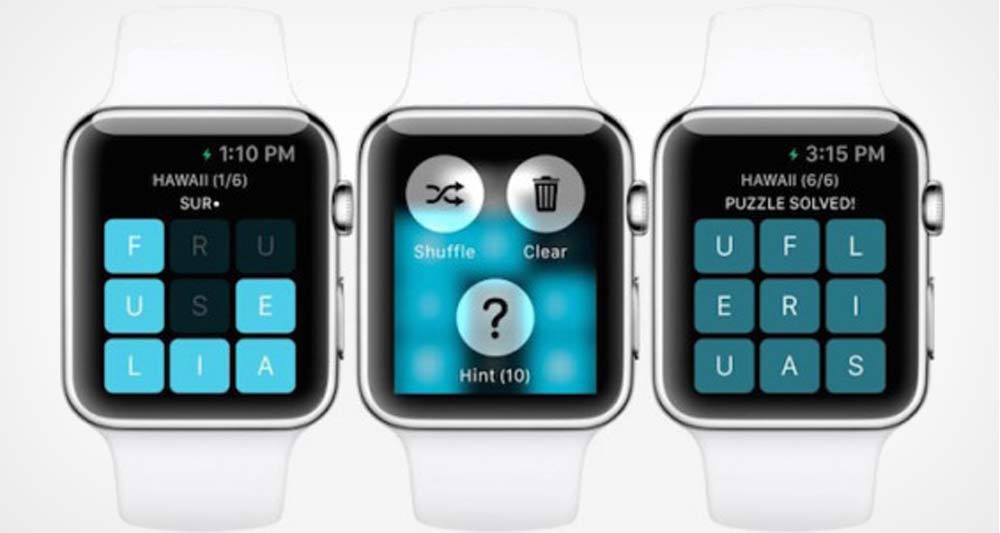
7 Reasons Why The Apple Watch Sucks For Games
The Apple Watch announcement excited millions of consumers and developers. Devs felt an opportunity for a brand new market, as well as a new opportunity to differentiate from hundreds of thousands of other developers and serve a new customer segment.
The device was first considered as a wrist computer, let’s say a miniature of the iPhone with a more personal touch. This vision stimulated imagination what could be achieved in health, fitness, utilities and games. Ideas were wild, new app concepts bold. This imagination tsunami was caused partly by a lack of details about the device. But the main reason was that Tim Cook skipped the part which Steve Jobs always used when a brand new product entered the market: why did they create the device? What’s its main purpose?
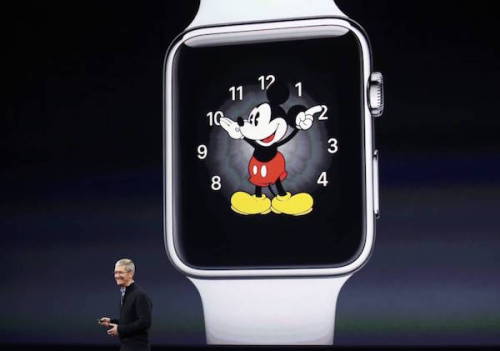
Photo by Reuters
Dumb Watch
By the end of 2014, an Xcode update was published with WatchKit. For the first time ever, devs were able to look under the hood. Surprisingly, it wasn’t nearly as optimistic as the rumors following Tim Cook’s show. The Apple Watch is basically a dumb external display for an iPhone. Here is 7 reasons why the Apple Watch sucks for games:
1. Apple Watch receives and sends data from iPhone via Bluetooth
2. iPhone takes care of all computing tasks and basically tells the Watch what to display
3. Storage for app data is limited to only 20Mb
4. No classic animations are allowed, basic animations could be created as a sequence of png images
5. Gestures include only tap, horizontal and vertical swipe
6. Watch UI is strictly defined by Apple, imagine the UI components as Lego bricks
7. Battery life is 18 hours (standard usage) but can drop down to as low as 3-4 hours while using demanding apps.
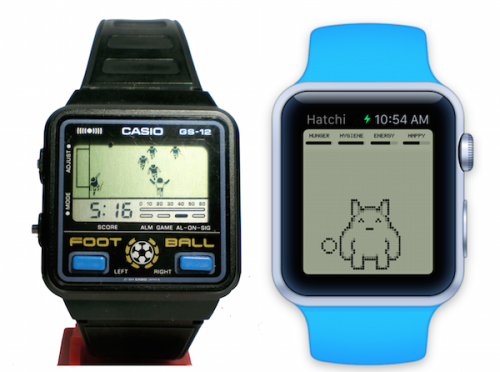
Games for watches are back after 30 years. And so far they look the same ![]()
The purpose
Because Tim Cook “forgot” to mention why Apple invested billions of dollars into the research, design and production of the Apple Watch, we have to figure it out on our own. We at Flow Studio, simply defined the role of the Apple Watch as a shortcut to tasks which take 10 times more time on ones iPhone. Imagine messaging: your phone rings in your pocket, in case you haven’t missed the sound signal you need to pull the phone from your pocket, unlock it, open the app. Having an Apple Watch requires only a glance at the display.
The time of the session spent on your iMac or Macbook is counted in hours. For your iPhone, it is counted in minutes. But for the Apple Watch it is counted by seconds. The device is designed for extremely short sessions of only 5-10 seconds. That’s why Apple pays so much attention to glances which could be described as miniature apps or rich notifications.
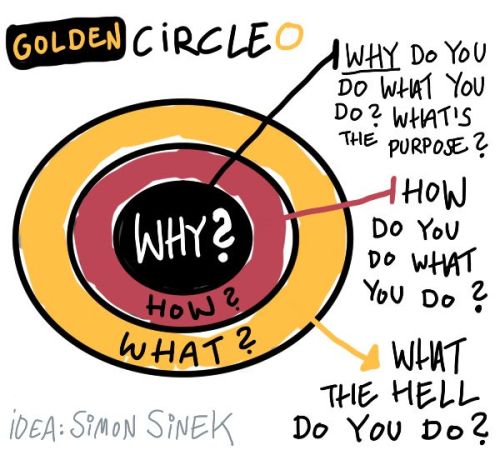
Tim Cook haven’t mentioned “Why” Apple created Apple Watch
Painful games
Andrew Webster from “The Verge” posted an article a few weeks ago called “Where are all the Apple Watch games?” It’s not a surprise that at “Spring Forward” Apple event was one category visibly absent among the popular showcased apps: games.
Having a small display, basically no computing power, extremely short sessions and limited UI possibilities is all against games. If you have time to play, you probably have time to pull out your phone from your pocket and start playing Candy Crush on a much larger screen. Casio had something similar in the 90s with watch games. For those that tried it, they can usually remember holding their hand in front of their body and tapping their wrist and after only a few seconds generating a horrible pain in their shoulder.
From my point of view, experiments such as Nimblebit’s Letterpad or several Tamagotchi-like games are more PR than serious attempts at putting together a long term business.
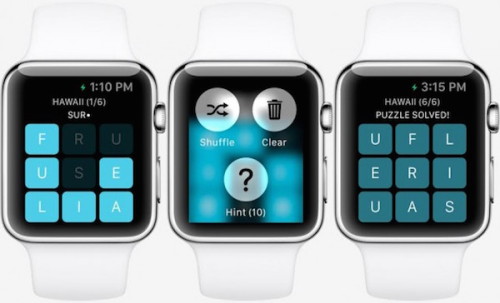
Nimblebit’s Apple Watch game Letterpad
There’s a way
The best mobile games leverage the capabilities of smartphones as a touch interface or gyroscope. Controls, game mechanics and even some types of games evolved around the device. The same has to be done with the Apple Watch. Currently, I can see only three possible directions:
1. A micro input – as a new Finnish startup, Everywear games claims a concept of games exists which is based on very short sessions. The benefit of the device is that it could easily create a habit based on its ease of use. I could imagine some type of Farmville game where frequent interactions with your beloved animals through the day are performed on the Apple Watch.
2. A secondary display – the Apple Watch could be an interesting complementary device for several games. The Watch could serve as a dashboard for your resources in “Clash of Clans” and inform the player about enemy attacks. For RPGs, one could search their inventory via the Apple Watch or some other quick weapons and items.
3. Fitness games – as a former elite runner, I see huge opportunities in fitness gamification. Today, every app from Runtastic to Nike+ looks as a dashboard in a nuclear factory. Why not take a completely different approach? Apple Watch could present a personalized avatar which exaggeratedly becomes fat or slim, healthy or sick, depressed or enthusiastic based on the data which the device tracks about the user all day long. Another possibility is, for example, if you go running, each session could be a zombie run where the Watch displays how far the zombies are behind you. Moreover, the taptic engine could increase the tension by vibrations when the living dead are coming dangerously close.
Apple Watch sucks for games, at least for games as we know them today. It’s up to developers to shift their minds and build brand new gaming concepts made just for the Apple Watch. Hopefully, Apple will create more features in the WatchKit and the device will become more self-sufficient with the next generation. Until then, we will have to be really creative!